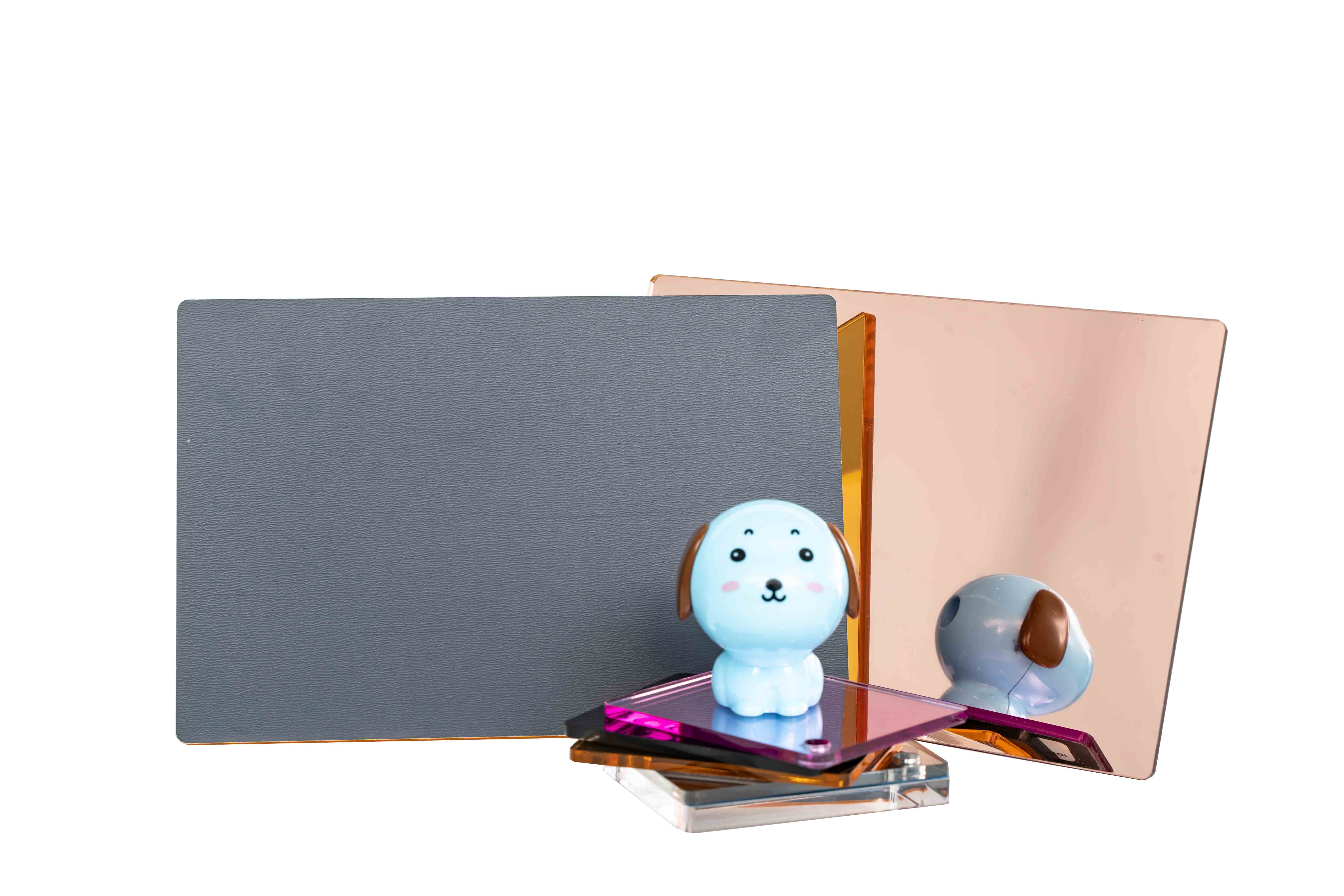The Essential Guide to Acrylic Mirror Installation
Installing an acrylic mirror sheet can transform any space into a brighter, more visually appealing environment. Whether you're looking to enhance your home décor or create an illusion of space in a small room, acrylic mirror sheets offer a lightweight, shatter-resistant alternative to traditional glass mirrors. This comprehensive guide will walk you through everything you need to know about proper installation techniques, essential tools, and professional tips to achieve the best results.
Before diving into the installation process, it's important to understand that acrylic mirror sheets differ from conventional glass mirrors in several ways. They're significantly lighter, more flexible, and much more resistant to impact. These qualities make them ideal for DIY projects, but they also require specific handling and installation methods to ensure optimal results.
Preparation and Materials
Essential Tools and Supplies
Success in installing acrylic mirror sheet begins with having the right tools at hand. You'll need a measuring tape, pencil, level, drill with appropriate bits, screwdriver, safety glasses, and work gloves. For adhesives, choose products specifically designed for acrylic materials – standard mirror adhesives may contain chemicals that can damage the acrylic surface.
Additional materials include cleaning supplies (microfiber cloth and specialized acrylic cleaner), mounting brackets or strips, and appropriate screws or fasteners. If you plan to cut the acrylic mirror sheet, you'll also need a fine-toothed saw or a specialized acrylic cutting tool.
Surface Preparation Requirements
The mounting surface must be clean, dry, and completely flat. Any imperfections in the wall can cause distortions in the mirror's reflection. Begin by cleaning the wall thoroughly and repairing any holes or uneven areas. For best results, the surface temperature should be between 65-75°F (18-24°C) during installation.
Mark the installation area carefully using a level to ensure straight lines. Remember to account for any fixtures or obstacles that might interfere with the installation. Creating a paper template can be helpful for complex installations or large sheets.
Installation Techniques
Adhesive Method
The adhesive method is popular for installing acrylic mirror sheets in areas where drilling isn't preferred. Start by applying adhesive in a zigzag pattern, keeping at least 2 inches from the edges to prevent seepage. Use only adhesives specifically formulated for acrylic materials to avoid damaging the mirror surface.
Press the acrylic mirror sheet firmly against the wall, maintaining even pressure across the entire surface. Use temporary support or tape to hold the sheet in place while the adhesive cures. Most adhesives require 24-48 hours for complete bonding – check the manufacturer's specifications for exact curing times.
Mechanical Mounting
For larger acrylic mirror sheets or high-traffic areas, mechanical mounting provides additional security. Begin by pre-drilling mounting holes in the sheet, keeping at least 2 inches from the edges to prevent cracking. Use a drill bit specifically designed for acrylic to avoid chipping or cracking.
Install mounting brackets or standoffs at the pre-drilled points, ensuring they're perfectly level. When securing the sheet, avoid overtightening the fasteners as this can cause stress points in the acrylic. Leave a small gap between the wall and the mirror for air circulation and to prevent moisture buildup.
Care and Maintenance
Cleaning Guidelines
Proper maintenance of your acrylic mirror sheet begins with appropriate cleaning techniques. Use only cleaners specifically formulated for acrylic surfaces. Avoid ammonia-based products, vinegar, or abrasive cleaners that can damage the surface. Apply the cleaner to a soft microfiber cloth rather than directly to the mirror.
Regular dusting with a soft cloth helps prevent scratch buildup and maintains the mirror's pristine appearance. For stubborn marks, use gentle circular motions with your cleaning cloth, never applying excessive pressure that could cause scratching.
Long-term Protection
To ensure your acrylic mirror sheet maintains its quality over time, consider environmental factors. Avoid installing in areas with direct sunlight or extreme temperature fluctuations, as these can cause warping or distortion. Maintain consistent room temperature and humidity levels for optimal performance.
Inspect mounting hardware and adhesive bonds periodically, especially in areas subject to vibration or temperature changes. Address any signs of loosening or separation immediately to prevent accidents or damage.
Troubleshooting Common Issues
Visual Distortions
If you notice waviness or distortion in your acrylic mirror sheet, it's often due to improper installation or mounting pressure. Check for uneven wall surfaces or overtightened fasteners. Loosen mounting hardware slightly if necessary, and ensure the sheet has adequate support across its entire surface.
Temperature fluctuations can also cause temporary warping. If this occurs, try stabilizing the room temperature and humidity. Most minor distortions will resolve once environmental conditions normalize.
Adhesive Problems
When dealing with adhesive issues, proper surface preparation is crucial. If you notice areas where the acrylic mirror sheet isn't bonding properly, check for dust, moisture, or oil on either surface. In cases where adhesive has failed, completely remove old adhesive before reapplying, ensuring both surfaces are thoroughly clean and dry.
For stubborn adhesive residue, use only acrylic-safe solvents for removal. Test any cleaning product on a small, inconspicuous area first to ensure it won't damage the mirror surface.
Frequently Asked Questions
Can acrylic mirror sheets be cut to size at home?
Yes, acrylic mirror sheets can be cut at home using the right tools, such as a fine-toothed saw or specialized acrylic cutting tool. However, it's crucial to measure carefully and use appropriate cutting techniques to prevent cracking or chipping. For best results, consider having it professionally cut, especially for complex shapes or large pieces.
How long does an acrylic mirror sheet typically last?
With proper installation and maintenance, an acrylic mirror sheet can last many years. The lifespan largely depends on environmental conditions, usage, and care practices. Protecting the surface from scratches, harsh chemicals, and extreme temperature changes will significantly extend its life.
What's the maximum size recommended for adhesive-only installation?
For adhesive-only installation, it's generally recommended not to exceed 24 x 36 inches without additional mechanical support. Larger sheets should use a combination of adhesive and mechanical fasteners to ensure secure mounting and prevent potential safety hazards.
How do acrylic mirror sheets compare to glass mirrors in terms of durability?
Acrylic mirror sheets are significantly more impact-resistant than traditional glass mirrors, making them much less likely to shatter. They're also lighter and more flexible, though they can be more susceptible to scratching. With proper care and installation, they provide a durable, safe alternative to glass mirrors.

